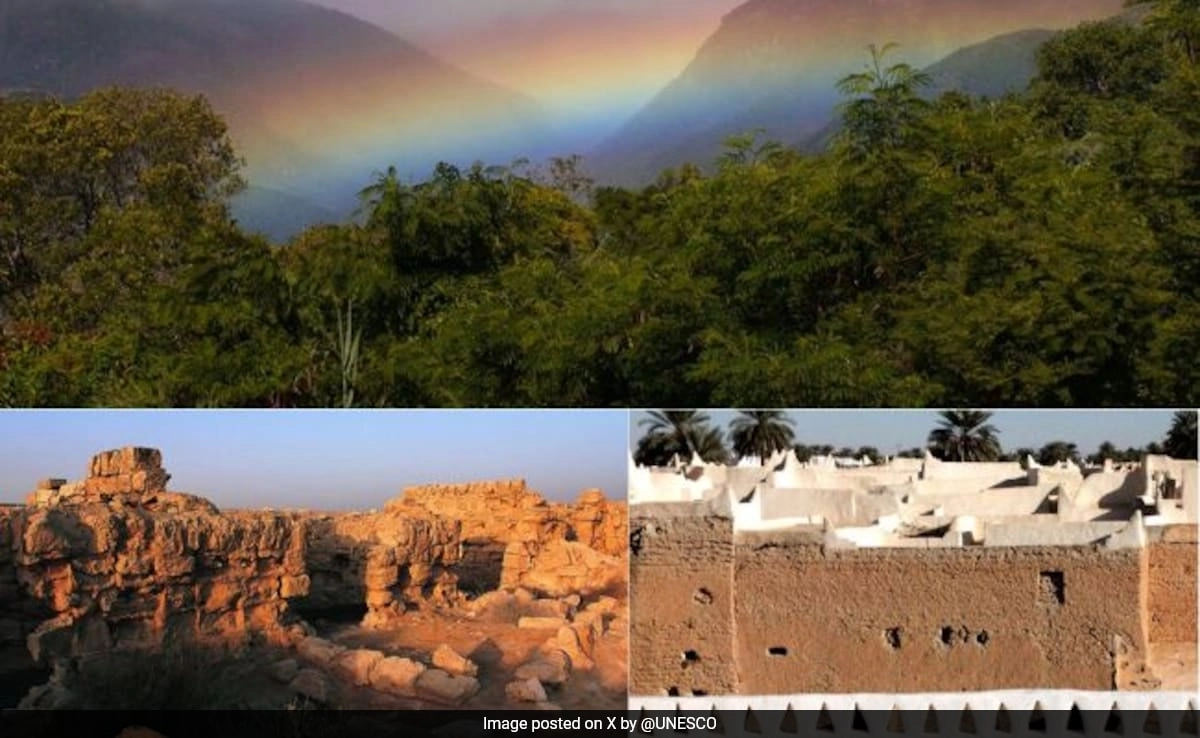In a significant development for cultural heritage preservation, UNESCO has announced the removal of three African sites from its “World Heritage in Danger” list. This decision underscores the concerted efforts made by the local communities, governments, and various stakeholders to protect and restore these invaluable cultural and natural landmarks. The sites in question include the iconic Aïr and Ténéré Natural Reserves in Niger, the Ruins of Kilwa Kisiwani in Tanzania, and the Historic Town of Gjirokastër in Albania. Each of these locations carries immense historical and ecological significance, showcasing the rich tapestry of Africa’s cultural and natural heritage.
The Aïr and Ténéré Natural Reserves, known for their stunning desert landscapes and unique biodiversity, have seen a revival thanks to ongoing conservation initiatives. Local conservationists and international organizations have worked tirelessly to combat poaching and promote sustainable tourism practices. Meanwhile, the Ruins of Kilwa Kisiwani, an ancient trading city, have benefited from restoration efforts aimed at preserving its archaeological integrity. These actions not only safeguard the site’s history but also enhance its potential as a tourist destination, thereby contributing to the local economy.
Similarly, the Historic Town of Gjirokastër has experienced a revitalization through community engagement and focused preservation projects. The town, famous for its well-preserved Ottoman architecture, faced various threats, including urban development and natural degradation. However, through collaborative efforts, including the promotion of cultural heritage education and sustainable urban planning, Gjirokastër has regained its status as a UNESCO World Heritage Site, free from the “in danger” designation. This positive outcome highlights the importance of international cooperation and commitment to heritage conservation, as it fosters a sense of pride and ownership among local populations.
The removal of these sites from the endangered list not only reflects the success of preservation efforts but also serves as a beacon of hope for other threatened cultural and natural heritage sites worldwide. It emphasizes the critical role of sustainable management practices and community involvement in safeguarding the planet’s diverse heritage. As more sites regain their status and recognition, there is a growing awareness of the need to prioritize conservation efforts, ensuring that future generations can appreciate and learn from these remarkable places. The global community is encouraged to continue supporting these initiatives, recognizing that the preservation of cultural and natural heritage is essential for maintaining the world’s diversity and history.




